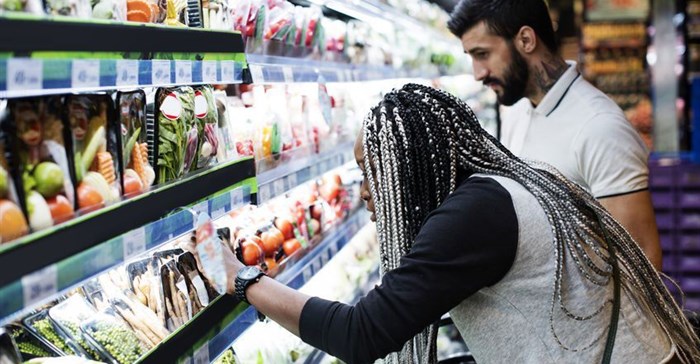
5 key areas impacting consumer spend, shaping shopping trends

PwC’s latest Global Consumer Insights Survey Pulse 6: Key trends and insights impacting the South African consumer highlights five key areas impacting consumer spend and shaping shopping trends.
5 key areas
The report zones in on five key areas impacting consumer spend and shaping shopping trends:
- Load-shedding
During Pulse 6 (the sixth Global Consumer Insights survey conducted), rolling power cuts resulted in consumers spending less, investment decisions being affected by diminished business confidence, and negative international perceptions that restricted foreign investment.
Anton Hugo, PwC Africa Retail Industry Leader says retailers’ spending to support infrastructure will potentially impact two key areas: their ability to service debt and their ability to seek out growth opportunities.
He also says that the added costs of diesel and load-shedding-related losses, such as spoilt goods, are not easily passed on to consumers who are already financially constrained.
According to PwC’s South African Retail Sentiment Index, the primary factors driving consumers’ negative sentiment were food quality, stock availability, and expired produce.
Load-shedding has also impacted consumer behaviour in several ways, with more than 50% of consumers opting for non-perishable products and items that are less reliant on electricity.
The demand for takeout and foods that can be conveniently purchased has also seen a significant increase, as indicated by 40% of respondents, while online purchases experienced a surge, with 31% of respondents, predominantly younger generations lacking access to alternative energy sources, choosing to buy more items online due to load-shedding.
“This underscores the importance for retailers to enhance their online presence and cater to the needs of this important consumer segment,” Hugo says.
- Channel trends
Half of respondents across Africa said they plan to increase their online shopping activity in the next six months.
According to PwC’s South African Retail Sentiment Index, retailers that have successfully shifted their focus to the digital space have received overall positive feedback regarding their digital facilities.
Suleman Jhavary, PwC South Africa operations transformation leader, says: “This indicates that these services, along with campaigns promoting digital retail offerings, have resonated well with customers.
“That said, consumer sentiment towards digital facilities is still somewhat negative, showing that the overall shopping experience being created by online and delivery services has room for improvement.”
While technological enhancements are key to providing a frictionless retail experience, consumers still value in-store staff support, even among those embracing technology.
Jhavary says retailers are continuously developing their service operating model to empower frontline staff with the necessary skills, visibility, and access to integrated technology — a response driven by consumers’ desire for phygital experiences.
- Direct-to-consumer purchasing
There is an appetite for direct purchases in South Africa, with half of consumers having purchased directly from a brand’s website, and 40% open to considering buying directly.
Clothing, accessories, and electronics are the most popular categories for purchase or consideration. The primary reasons consumers have purchased directly or would opt to do so include knowing products are authentic, perception of greater product choice and availability.
- Spending trends
Consistent with our previous pulse, a significant proportion of consumers are planning to reduce their spending across all retail categories with the exception of groceries, where 56% of consumers in South Africa have forecasted an increase in spending.
“A primary driver to this is the additional financial strain in the form of more expensive credit resulting in less disposable income,” Hugo explains.
- ESG
Consumers are continuing to display a strong preference for products aligned with specific sustainability values, with many willing to pay up to 10% above the average price for products that have a lower carbon footprint (49%), are locally produced (48%), and are biodegradable, allowing for home disposal (48%).

